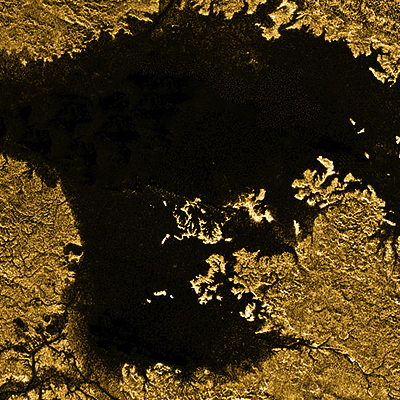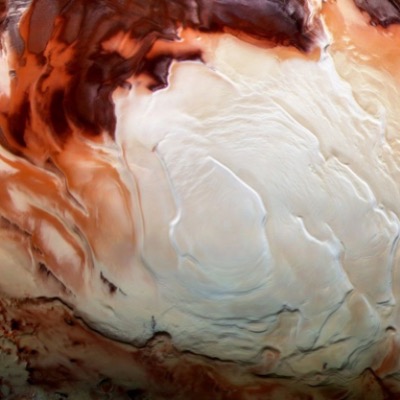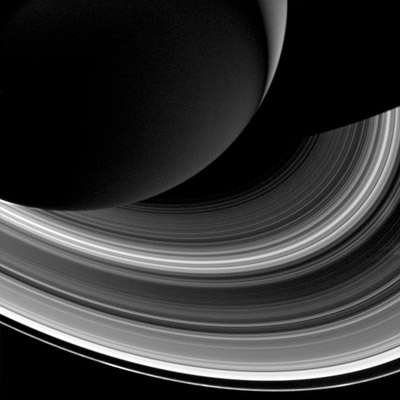Research
Our research interests generally focus on the quantitative analysis and modeling of planetary surfaces and rings using remote sensing data in the visible, infrared, and radar wavelengths. Specific expertise include reducing synthetic aperture radar and hyper-spectral image data and generating secondary data products such as digital elevation models, mineral abundance maps, and multi-band co-registered imagery. We actively participate in data collection and reduction for the NASA Mars Science Laboratory Curiosity Rover and Mars 2020 Perseverance Rover missions to Mars and the Cassini-Huygens mission to Saturn.
One of our current topics of study is Titan’s hydrologic cycle using Synthetic Aperture Radar (SAR) data from the Cassini spacecraft. The existence of active hydrocarbon lakes and channels renders Titan as a natural laboratory for studying the basic principles of lacustrine and marine processes. We use the SAR data to map hydrologic features, study their morphologies, and radiometrically model lake depth and structure.
We are also studying ancient eolian activity on Mars using imaging data from the Mars Exploration Rover (MER) , Mars Science Laboratory (MSL), and Mars Reconnaissance Orbiter (MRO). The geometry, scale, and distribution of sedimentary structures on Mars have proven strikingly similar to deposits found on Earth, allowing the methods and principles of terrestrial-based sedimentology to be utilized on their Martian analogs. Specifically, we use image mosaics and stereo information from the MER, MSL, and HiRISE camera images to create three-dimensional representations of observed geomorphic structures (e.g., cross-bedding) and use them to reconstruct ancient paleo-flow and bedform geometries. We also conduct laboratory experiments on the temperature-dependence of O-H bonding in hydrated minerals using an infrared spectrometer. The results of this study have applicability to the interpretation of spectral data from bodies at non-ambient temperatures.
In addition to participating in active NASA / ESA missions, we are also involved in developing the next generation of instruments for unmanned exploration of the solar system. Specifically, we are involved in the Mastcam-Z cameras aboard NASA’S Perseverance Rover and Europa Clipper instruments, as well as concepts for the Discovery and New Frontiers programs.
To learn more about these topics, please click one of the images above. For a detailed summary of our research please see the publications section.






